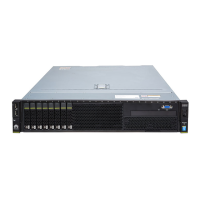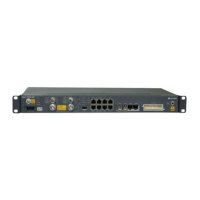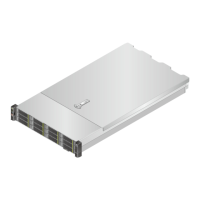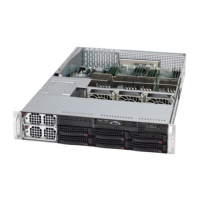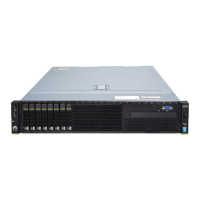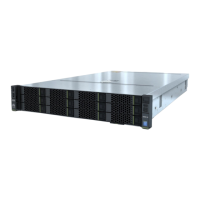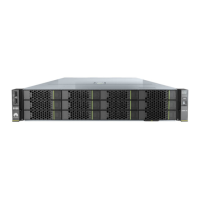Fault
Symptom
Handling Procedure Quick Recovery Method
The
memory
capacity
detected
by the
system is
less than
the
congure
d memory
capacity.
1. Check whether the memory is
included in Computing
Product Compatibility
Checker.
● If yes, go to 2.
● If no, replace the memory
with a component listed in
Computing Product
Compatibility Checker.
2. Check whether memory
mirroring has been enabled in
the BIOS.
● If yes, the memory capacity
is reduced by 50% due to
the memory mirroring
function. You can disable
the function in the BIOS. If
the problem persists, go to
3.
● If no, go to 3.
3. Check whether the DIMM
installation positions meet
conguration rules.
● If yes, go to 4.
● If no, reinstall the DIMMs in
correct slots according to
the
conguration rules.
4. Check whether a "DIMMxxx
conguration error" alarm is
generated by iBMC.
● If yes, replace the faulty
DIMM. For details, see 5.3
Handling Alarms.
● If no, go to 5.
5. Check whether any DIMM
slots are abnormal. If a DIMM
slot is abnormal, replace the
mainboard.
1. If the iBMC generates the
"DIMMxxx Conguration
Error" alarm, replace the
related DIMM.
2. If the DIMM status
displayed in iBMC or the OS
is abnormal
(unidentied or
faulty), replace the faulty
DIMMs.
3. If memory mirroring or
memory rank sparing is
congured in the BIOS, the
total available memory
capacity is less than the
congured physical memory
capacity.
4. If the DIMMs do not meet
the DIMM
conguration
rules, reinstall the DIMMs
by referring to Computing
Product Memory
Conguration Assistant.
5. If DIMM installation slots
are faulty, replace the
mainboard.
Huawei Servers
Troubleshooting 5 Diagnosing and Rectifying Faults
Issue 20 (2020-09-25) Copyright © Huawei Technologies Co., Ltd. 93

